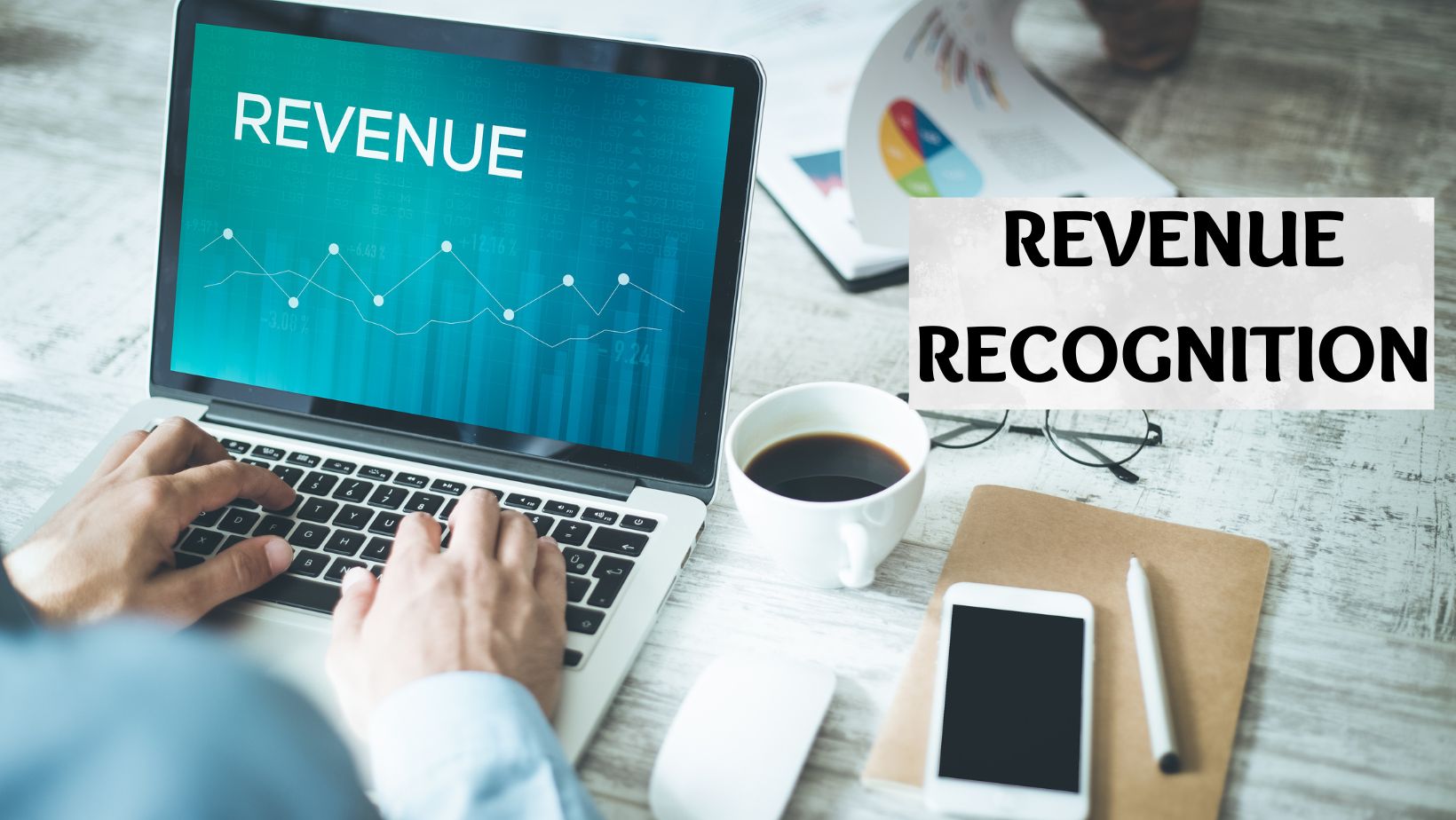What is revenue recognition?

Revenue is the key component upon which the success rate of a SaaS business depends significantly. As a SaaS business owner, understanding revenue recognition is crucial for financial success.
As soon as you receive cash in hand, you may assume and update your charts as revenue. But that's not the case here and it will be a mistake that will prove fatal to your business.
So, how and when do we recognize cash as revenue?
Revenue recognition in SaaS business can be a complex topic, but it's crucial for understanding the financial health of your company.
In this blog, we'll cover every basic you need to know about revenue recognition, including the different models, common mistakes, and best practices for SaaS businesses. Whether you're a founder, CFO, or accountant, this guide will help you navigate the world of SaaS revenue recognition with confidence.
What is revenue recognition?
Revenue recognition's core principle states that one should record revenue when it has been earned, not when the related invoice has been posted or related cash collected.
Revenue is the income earned from the sale of goods or the provision of services.
For example, if a customer signs a contract of 100$ for your product/per month, pays for it on May 15, but starts the services only from 1st June. The revenue will be recognized only by the end of June, as the services will be completed only by then.
Or, if a customer signs a contract of 100$ for your product/per month, and starts the services from 1st June but pays later on account in July. The revenue will be recognized for the month of June, as the services have been provided already.
Revenue recognition in SaaS business:
Revenue recognition in SaaS business refers to the process of accounting for and reporting revenue earned from the sale of software as a service. It involves determining when revenue should be recognized on the company's financial statements, based on the terms of the contract with the customer.
This can be a complex process, as SaaS businesses often use subscription-based models with recurring revenue streams. Proper revenue recognition is crucial for accurately assessing the financial health of a SaaS business and making informed decisions about its future growth.
5-step revenue recognition model for SaaS businesses
On May 28, 2014, the Financial Accounting Standards Board (FASB) and International Accounting Standards Board (IASB) jointly issued Accounting Standards Codification (ASC) 606, regarding revenue from contracts with customers.
ASC 606 is a new revenue recognition standard that affects all businesses, including SaaS companies. It requires companies to recognize revenue when goods or services are transferred to customers in an amount that reflects the consideration to which the company expects to be entitled.
There are five steps needed to satisfy the updated revenue recognition principle:
- Identify the contract with the customer: The first step is to determine whether a contract exists between the company and the customer.
- Identify contractual performance obligations: Performance obligations are the distinct promises in the contract to transfer goods or services to the customer.
- Determine the amount of consideration/price for the transaction: The transaction price is the amount of consideration the company expects to receive in exchange for transferring the promised goods or services to the customer.
- Allocate the determined amount of consideration/price to the contractual obligations: If a contract includes multiple performance obligations, the transaction price needs to be allocated to each obligation based on their relative standalone selling prices.
- Recognize revenue when the performing party satisfies the performance obligation: Revenue is recognized when or as the company satisfies the performance obligations by transferring control of the promised goods or services to the customer.
Different methods of revenue recognition:
There are several methods of revenue recognition that companies may use, depending on the nature of their business and the specific circumstances of their transactions.
1. Percentage of completion method:The percentage of completion method is a popular revenue recognition method for SaaS companies that offer long-term contracts or projects. This method recognizes revenue based on the percentage of work completed over time.
2. Completed contract method:This method recognizes revenue only when the project or contract is completed. This can be useful for SaaS companies that have short-term contracts or projects with a clear end date.
3. The milestone method:The milestone method is a revenue recognition method that recognizes revenue as specific milestones are achieved in a project or contract. This can be useful for SaaS companies that have long-term contracts or projects with multiple stages
4. Usage-based method:The usage-based method is a revenue recognition method that recognizes revenue based on how much customers use the software. This method is particularly useful for SaaS companies that offer subscription-based services with varying levels of usage.
5. Subscription-based method:With this method, revenue is recognized upfront when a customer subscribes to the software service. This method is useful for companies that offer fixed-term subscriptions, such as monthly or annual plans.
It's important for SaaS businesses to choose the method that best reflects the nature of their business and the terms of their contracts with customers.
Common mistakes to avoid in SaaS revenue recognition.
Revenue recognition in SaaS business can be tricky, and there are several common mistakes that businesses should avoid.
- One mistake is recognizing revenue too early before the service has been fully delivered.
- Another mistake is failing to properly allocate revenue between different offerings, leading to inaccurate financial statements.
It's important to carefully review and understand the guidelines set forth in ASC 606 to avoid these and other potential mistakes.
About us:
MYFUNDBOX is a subscription billing platform that helps businesses handle recurring billing and revenue management operations integrated with payment processing decacorns like Stripe, GoCardless, and Mollie.
MYFUNDBOX provides a single platform to enable customer-preferred payments globally and also is in partnership with Google Cloud.
It was started to help SaaS companies focus on their growth while we make sure they get paid securely and on time. We provide essential data and analytics necessary so that businesses can make informed decisions on the growth of the business. We value our customer's feedback and prioritize fulfilling their demands, thus serving them better and bigger globally.
Book a free trial here!
Check out our customer's review here.
REFERENCE:


